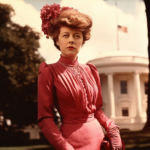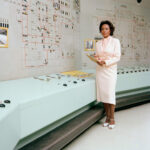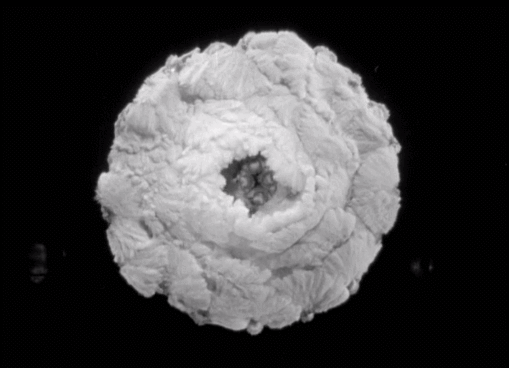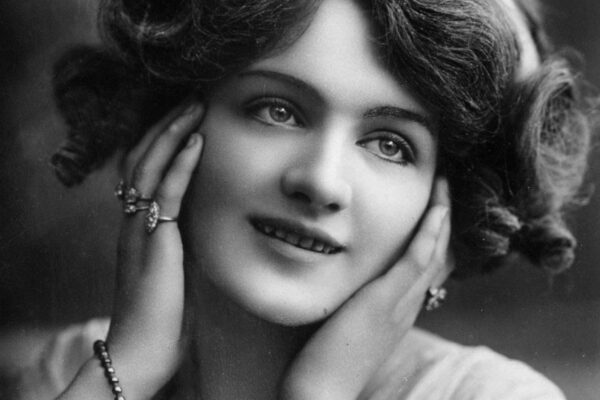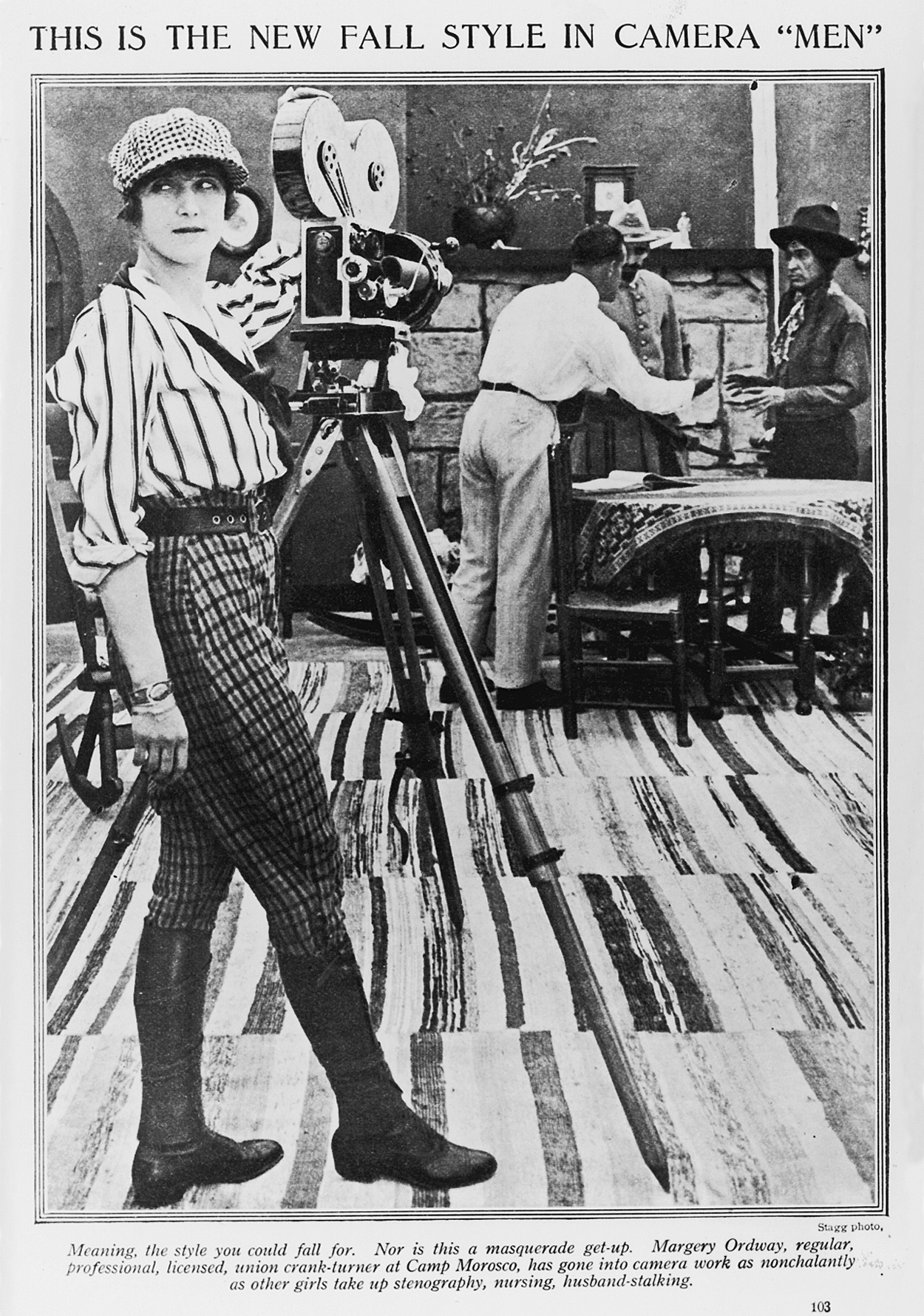
Did you know know that half of all the films copyrighted in between 1911 and 1925 were written by women? A hundred years ago women were involved in nearly every aspect of production and held key positions in the industry.
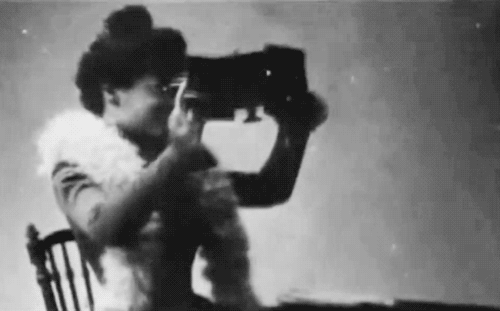
Alice Guy-Blaché, a Parisian secretary, was the first person believed to have directed a narrative film. When she asked her boss, Léon Gaumont, whose French camera company was starting to sell cinematographic cameras, if she could have permission to make a story film to demonstrate the new device, he agreed– but only if it didn’t interfere with her secretarial duties. Within a year, Alice was made head of Gaumont’s film production arm in Paris; and by the time she moved to America in 1907 to open her own film studio, she had already produced and directed around 400 short films.
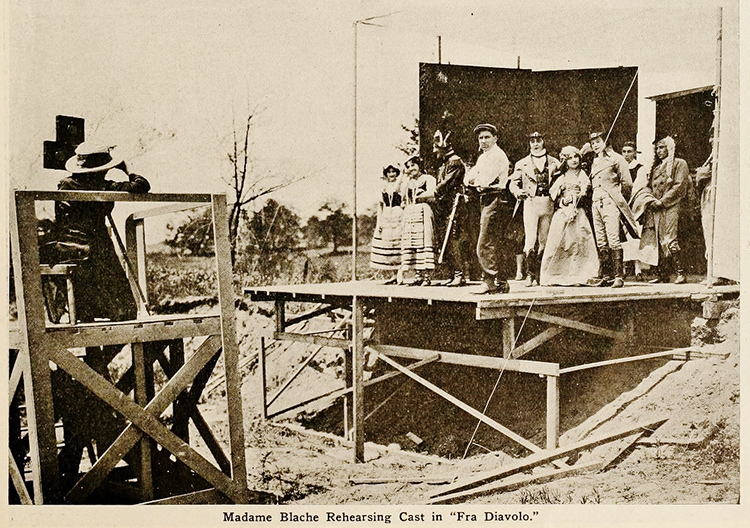
There was Helen Gardner, who, in 1912, became the first film actor, male or female, to form her own production company. Unlike the stereotype of modern Hollywood fat cats and studio heads, Helen did anything she was called upon to do. While playing strong female characters on film, she was also a screenwriter, producer editor and costume designer. The film industry was a once a more informal, egalitarian workplace, where everyone got stuck in, tending lights, working on the cutting room floor. About 90 percent of Hollywood editors used to be women.
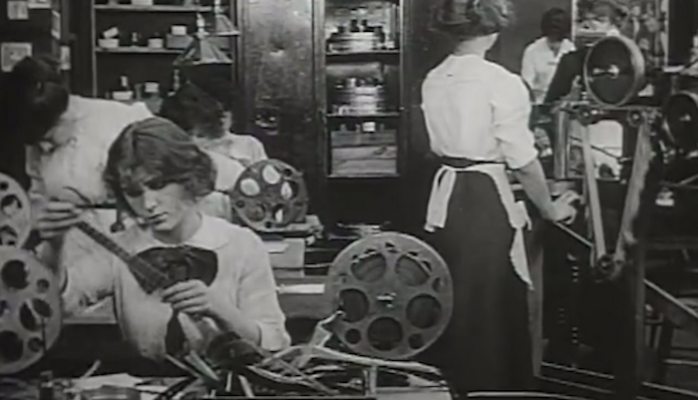
Mabel Normand, yet another silent film actress, screenwriter, director and producer, who had her own movie studio and production company, played a key role in starting Chaplin’s film career and acted as his leading lady and mentor in dozens of films, sometimes co-writing, directing or co-directing with him.
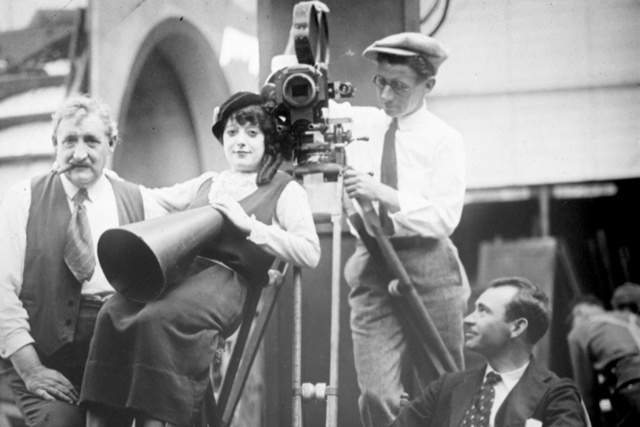
When Chaplin’s first motion-picture film flopped, it was Mabel who convinced the industry to give him a second chance. She has a star on the Hollywood Walk of Fame, but her name has been long-forgotten by Hollywood.
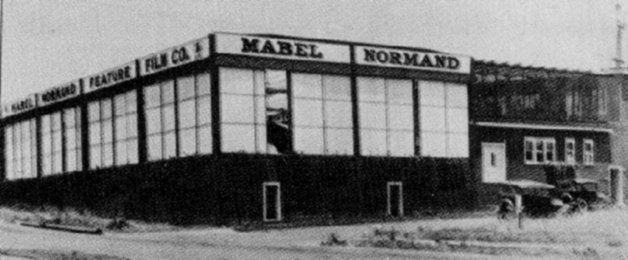
Working mother, Julia Crawford Ivers was an early Hollywood writer, producer and director who saw her native Los Angeles transform from an exotic outpost into motion picture industry town.
She and her son (pictured below) were the earliest mother & son team of directing and cinematography.
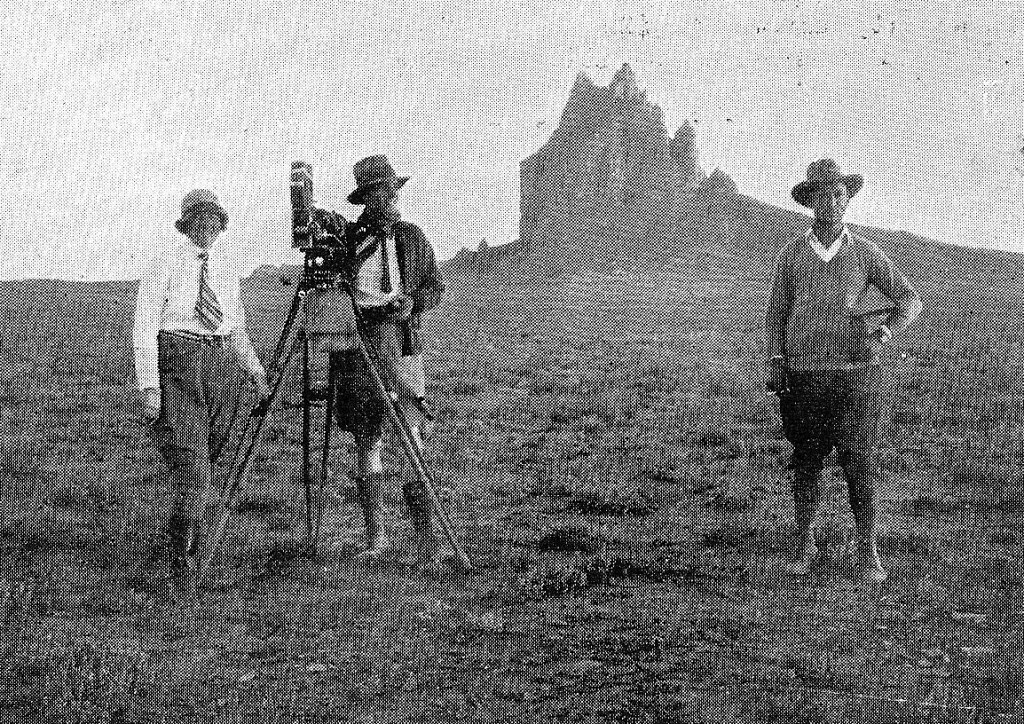
By the 1920s, there was already an indie-film scene for amateur low-budget filmmakers, pioneered by independent businesswoman Eloyce Patrick King Gist. She produced, wrote, edited and directed several films with her husband and used venues such as churches, schools and community centres to show them to the African American community. The films also starred a cast of African American actors and were so widely shown that the existing archive films in the Eloyce Gist Collection are in hundreds of short fragments after literally falling apart from excessive use.
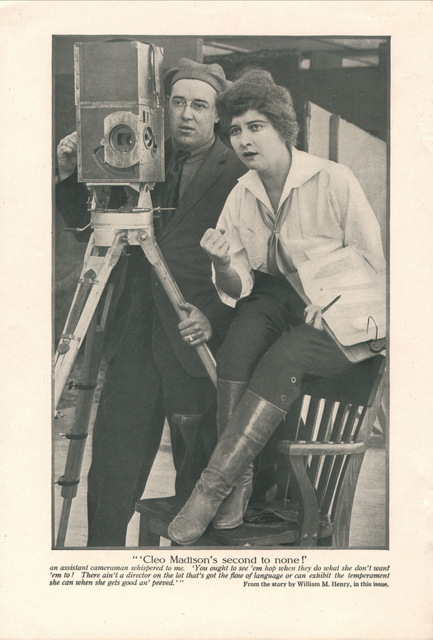
Cleo Madison (pictured above) was among the unprecedented wave of female directors employed by Universal that included Grace Cunard, Jeanie MacPherson and Lois Weber.
She was quoted in Photoplay magazine:
One of these days, men are going to get over the fool idea that women have no brains, and quit getting insulted at the thought that a skirt-wearer can do their work quite as well as they can. And I don’t believe that day is very far off.
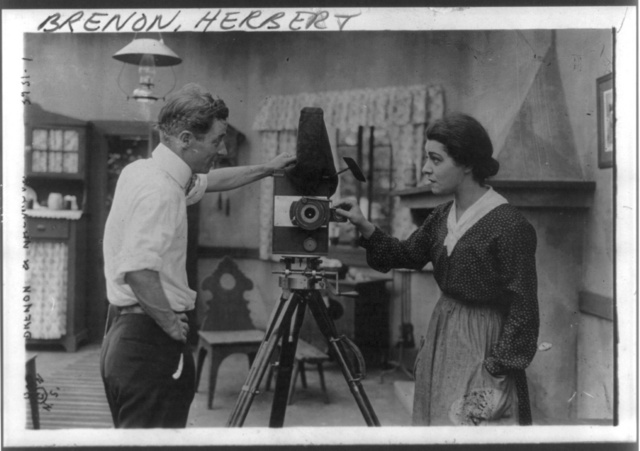
So what changed? And why did change involve so little women and minorities? It’s hard to pinpoint it exactly, but my guess is it had a lot to do with money. The motion picture industry had become big business thanks to the hard work of its pioneers, and the task of making films went from being menial labor to something more prestigious, lucrative, powerful and respectable. It went from being a job you didn’t want to a job that someone would compete with other over. And that is where women of that era lost out.
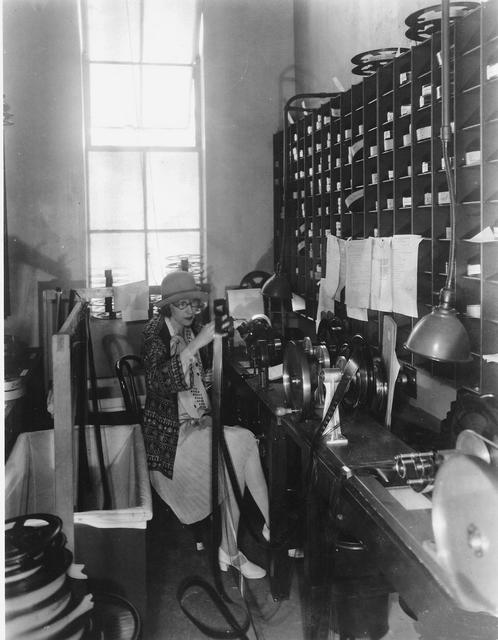
They went from being directors and movie studio heads to secretaries and receptionists, although they did hold out for a while as editors, because it was considered a ‘feminine’ job, like stitching or sewing was. Today, women make up less than 10% of American screenwriters.
I’m reminded of an NPR podcast I listened to recently on “When Woman Stopped Coding”, which takes an interesting look at how women were some of the original computing pioneers who programmed the first digital computers.
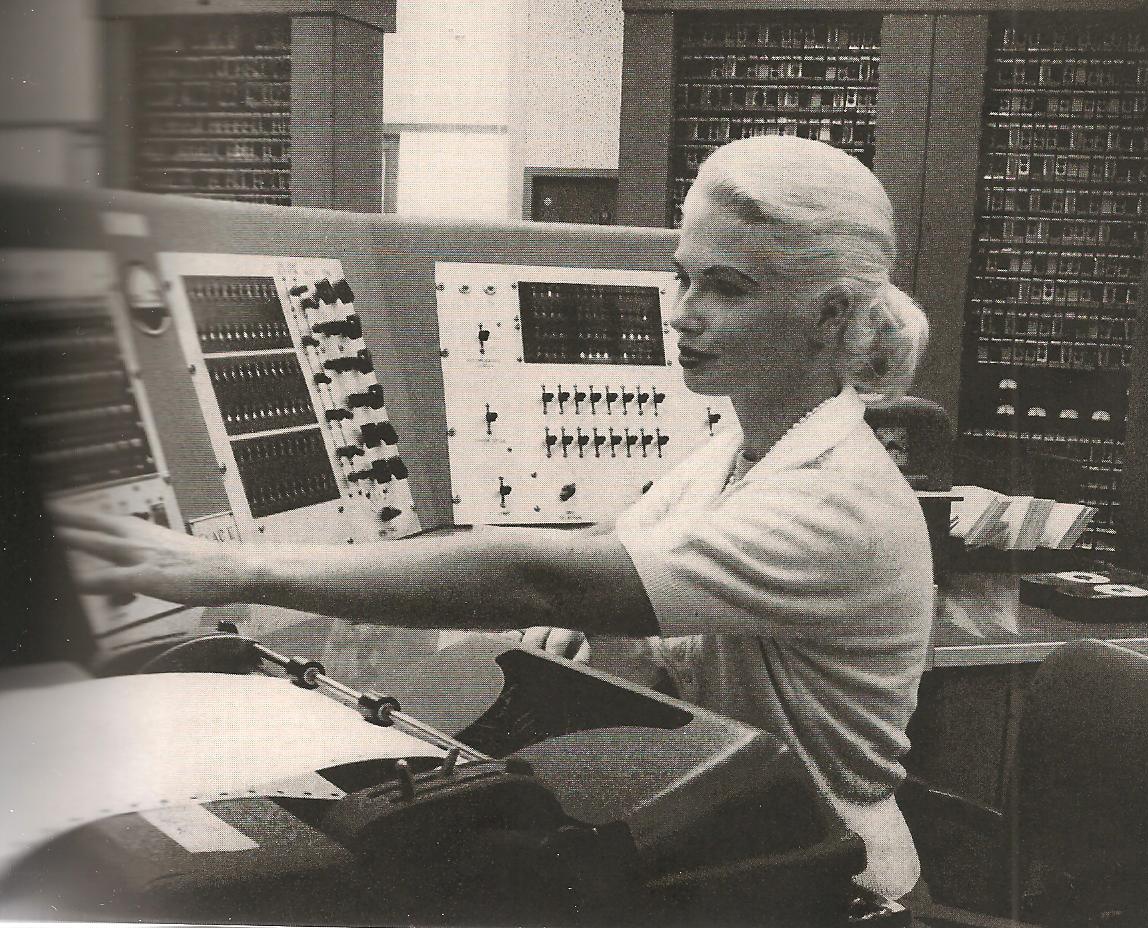
“Computer” was a job title, and computing was a woman’s job at the time. Above, is a photograph of Mrs. Helen Mann, an employee of the RCA and holder of two master’s degrees in physics. If she wasn’t helping the air force to prepare complicated test data for computer analysis, she was tracking the exact location of missile nose cones. The 1950s ‘space race’ saw the USA giving more opportunities to women as they believed them to be the country’s ‘biggest untapped source of brainpower’.
But then in the mid 1980s, there was a sudden and drastic decline of women in computer science. What happened? The home computer landed in American homes.
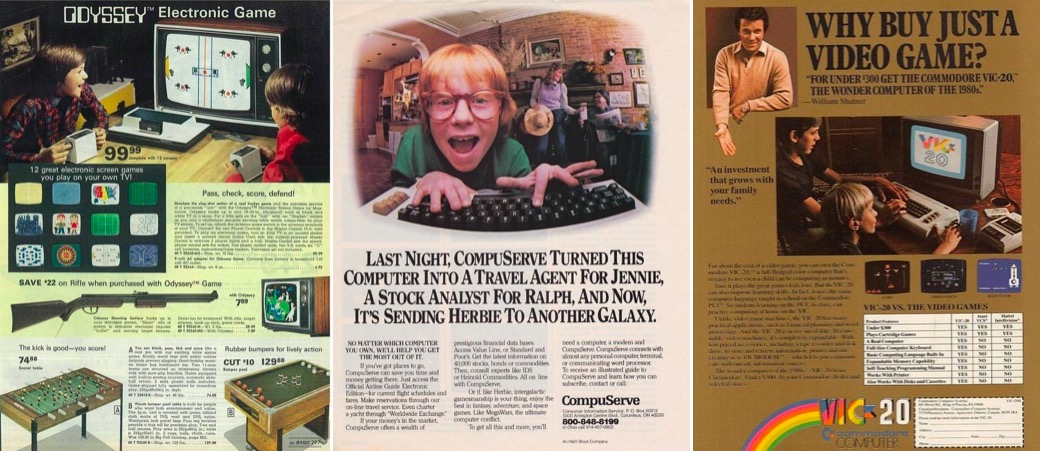
No longer the undesirable, monotonous math-based job title for women, the personal computer came with a basic word processor, and more importantly, lots of video games. And it was marketed relentlessly and almost entirely to men and boys. Have a listen to the excellent podcast on NPR.
Say, I wonder if it would be possible to trick the boys into thinking that housework is a desirable and lucrative task…


